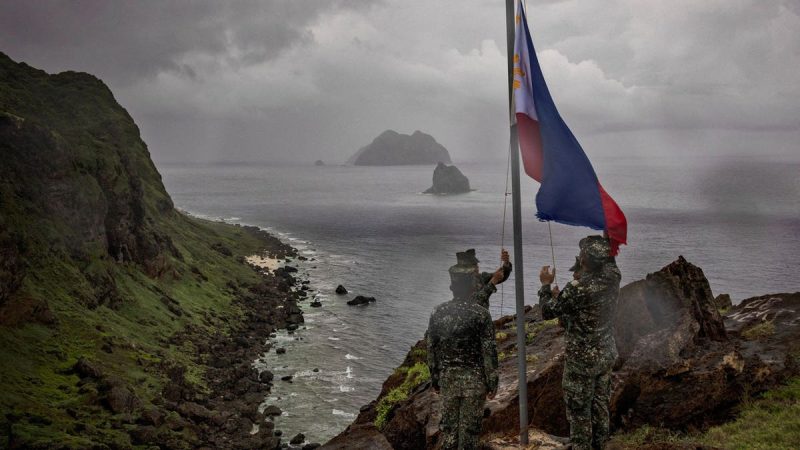The South China Sea Dispute: A Ticking Time Bomb?
The South China Sea has long been at the center of international tensions, with multiple countries laying claim to various islands and territories within its waters. Among the most contentious issues is the dispute between China and the Philippines over the Spratly Islands and Scarborough Shoal. This ongoing conflict has the potential to escalate into a full-blown military confrontation, raising concerns about the outbreak of a third world war.
China’s assertive stance in the South China Sea has been a source of worry for neighboring countries and the international community. The country has been accused of flouting international laws and agreements, including the United Nations Convention on the Law of the Sea (UNCLOS), by aggressively expanding its territorial claims in the region. Its construction of artificial islands and military installations in disputed waters has further fueled tensions and raised alarm bells among its neighbors.
The Philippines, in particular, has been vocal in opposing China’s claims in the South China Sea. The country filed a case against China at the Permanent Court of Arbitration in The Hague in 2013, challenging the legality of China’s expansive territorial claims. The court ruled in favor of the Philippines in 2016, stating that China’s assertion of historic rights over the South China Sea had no legal basis. However, China rejected the ruling and continued its aggressive activities in the region.
The lack of a resolution to the South China Sea dispute has left the door open for potential conflict between China and the Philippines. Both countries have beefed up their military presence in the area, raising concerns about the possibility of a military clash. The United States, a key ally of the Philippines, has also been involved in the region, conducting freedom of navigation operations to challenge China’s maritime claims.
Experts warn that the South China Sea dispute could be the spark that ignites a larger conflict, drawing in other countries and potentially leading to a global conflict. The complex web of alliances and overlapping territorial claims in the region make it a potential powder keg that could explode at any moment. As tensions continue to simmer, the risk of a miscalculation or misstep that triggers a military confrontation remains high.
Efforts to defuse tensions and resolve the South China Sea dispute through diplomatic means have so far been unsuccessful. China’s refusal to abide by international rulings and its continued aggression in the region only serve to exacerbate the situation. As countries in the region and beyond closely monitor developments in the South China Sea, the specter of a possible world war looms large, highlighting the urgent need for a peaceful and lasting resolution to this long-standing conflict before it spirals out of control.




























